

 Sflow
Sflow






WordPress Plugin
The sFlow Video Presentation WordPress Plugin lets you embed video presentations effortlessly on your WordPress website or blog, without worrying about compatibility issues.You can do a search on WordPress Plugin. It's easy to use and integrates smoothly with WordPress, making it perfect for business owners, educators, or anyone who wants to add engaging video content to their website.
 Sflow
Sflow








WordPress Plugin
The sFlow Video Presentation WordPress Plugin lets you embed video presentations effortlessly on your WordPress website or blog, without worrying about compatibility issues.You can do a search on WordPress Plugin. It's easy to use and integrates smoothly with WordPress, making it perfect for business owners, educators, or anyone who wants to add engaging video content to their website.


The Project Management Triangle, also known as the Triple Constraint or Iron Triangle, is a fundamental concept in project management that illustrates the relationship between three key factors: time, cost, and scope. These three elements are interconnected and any changes to one will inevitably impact the others. The triangle represents the idea that a project manager must carefully balance these constraints to achieve project success. In essence, the Project Management Triangle serves as a visual reminder that trade-offs may need to be made between time, cost, and scope in order to deliver a project on time, within budget, and meeting the desired objectives.
The Project Management Triangle, also known as the Triple Constraint or Iron Triangle, is a fundamental concept in project management that highlights the interconnected relationship between three key factors: time, cost, and scope. This triangle represents the idea that changes to one factor will inevitably impact the other two. For example, if a project's scope increases, it may require more time and resources, thus affecting the overall cost. Understanding and managing these constraints is crucial for project success, as it helps project managers make informed decisions, prioritize tasks, and effectively communicate with stakeholders. In essence, the Project Management Triangle serves as a valuable tool for balancing competing demands and ensuring project objectives are met within the given constraints.


The Project Management Triangle, also known as the Triple Constraint or Iron Triangle, is a fundamental concept in project management that highlights the interdependent relationship between three key factors: time, cost, and scope. The triangle represents the idea that any change in one of these factors will inevitably impact the other two. This concept is crucial for project managers to understand as it helps them make informed decisions and manage expectations effectively. Some common use cases of the Project Management Triangle include setting realistic project goals, prioritizing tasks based on constraints, managing stakeholder expectations, and assessing project risks. In summary, the Project Management Triangle serves as a valuable tool for ensuring successful project delivery by balancing time, cost, and scope effectively.

Leverage the power of agile methodologies and AI tools to enhance team collaboration and project success.

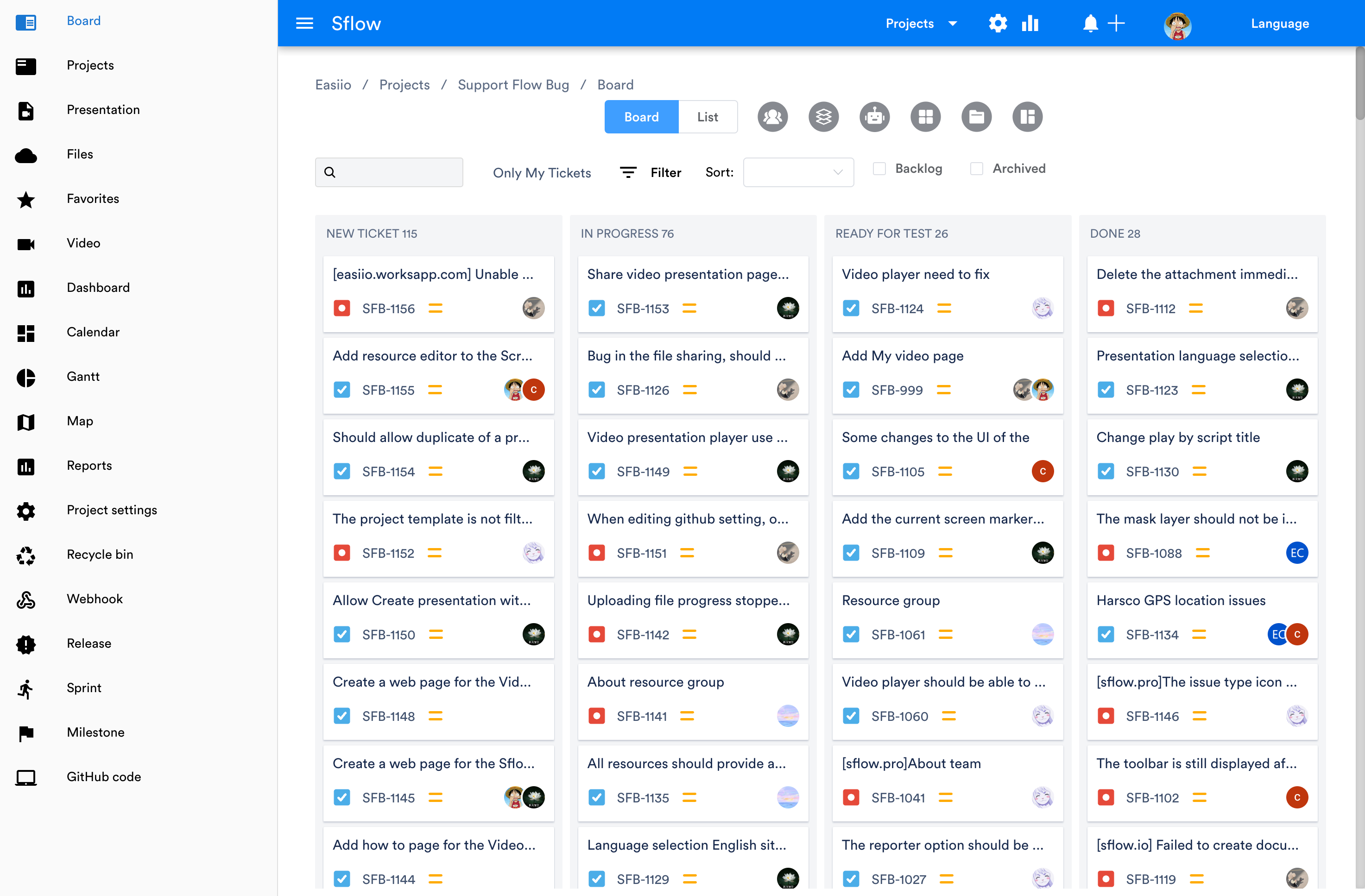

01. Kanban view
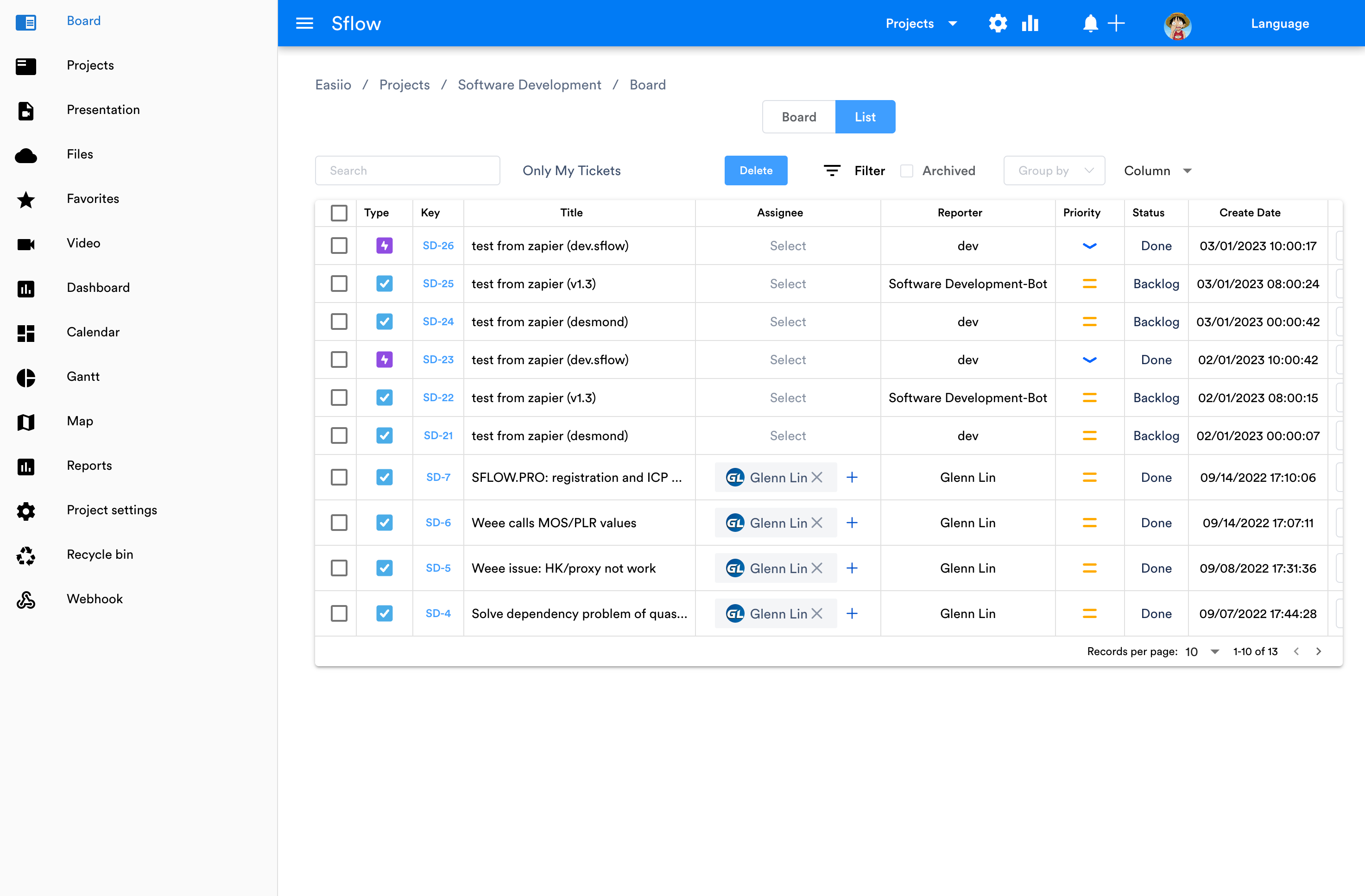
02. List view
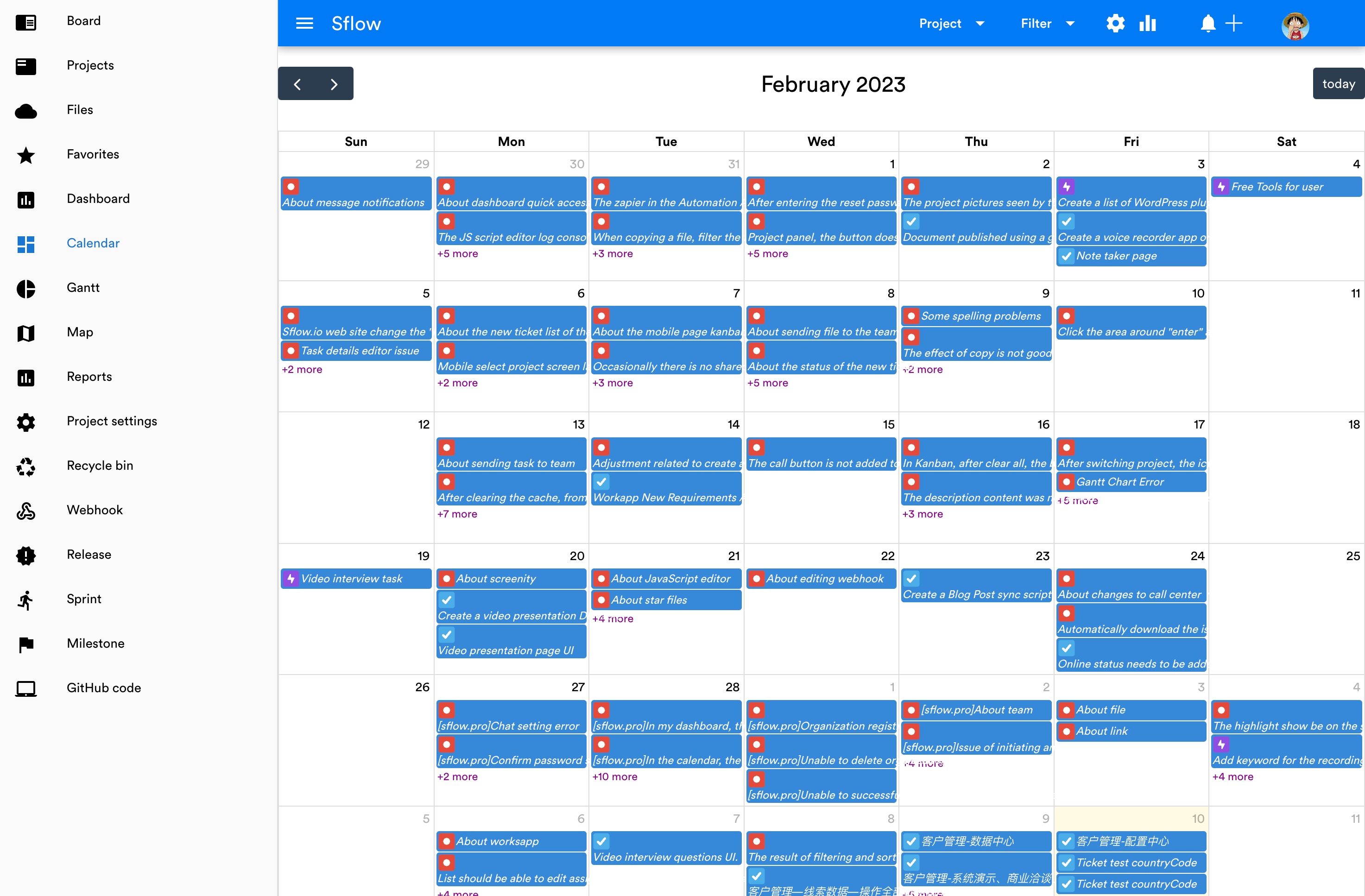
03. Calendar view
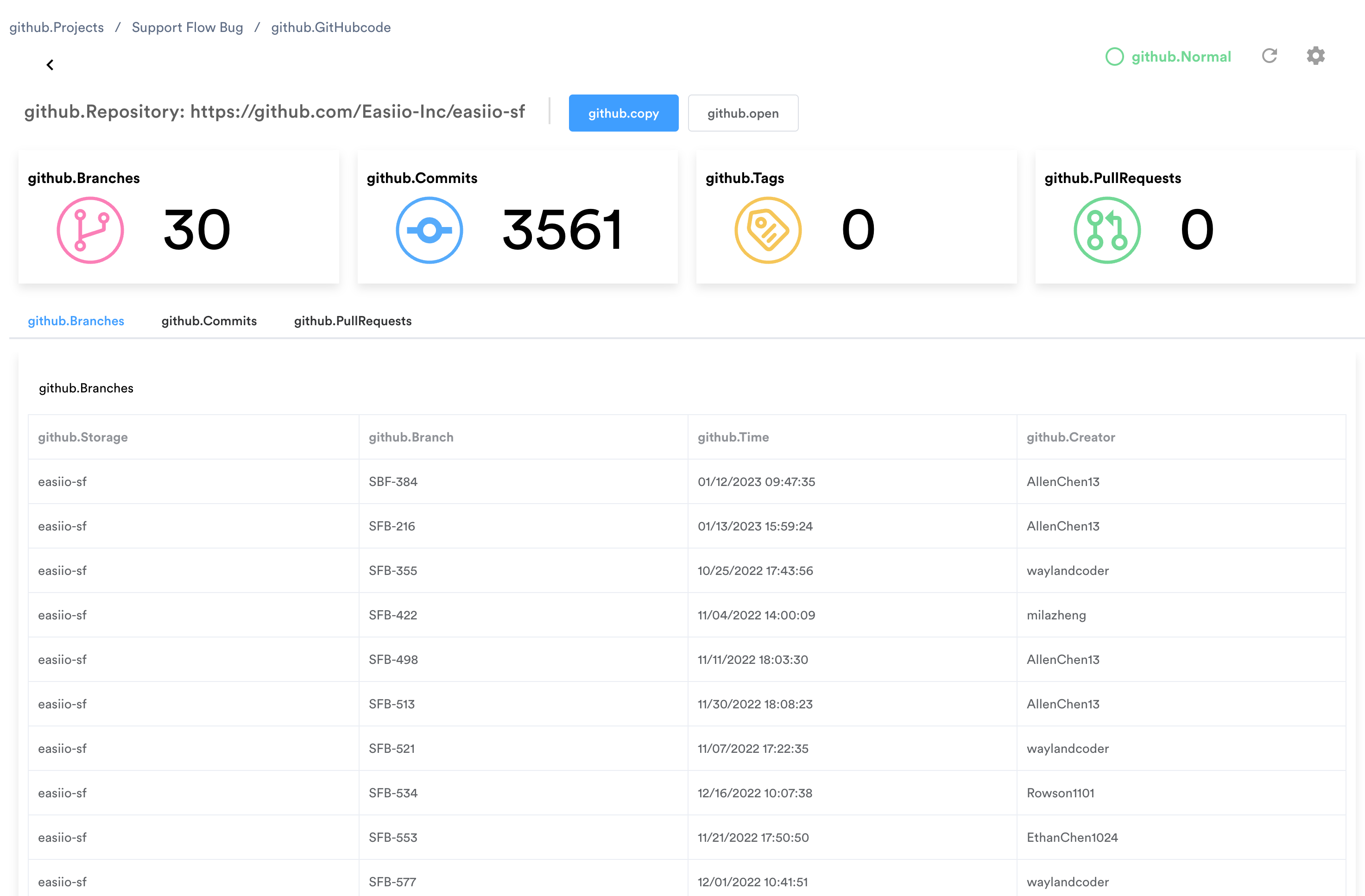
04. Github integration
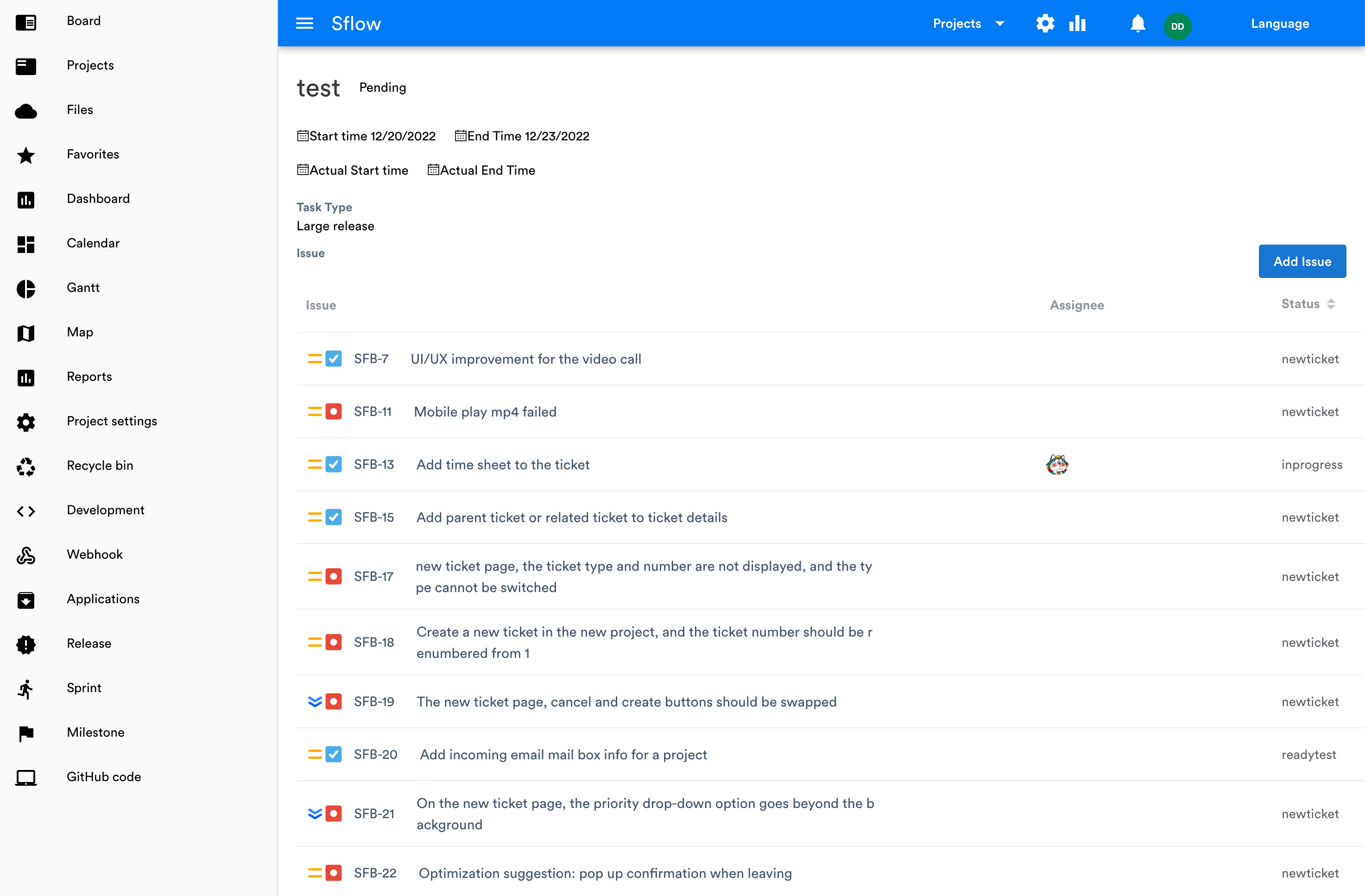
05. Sprint
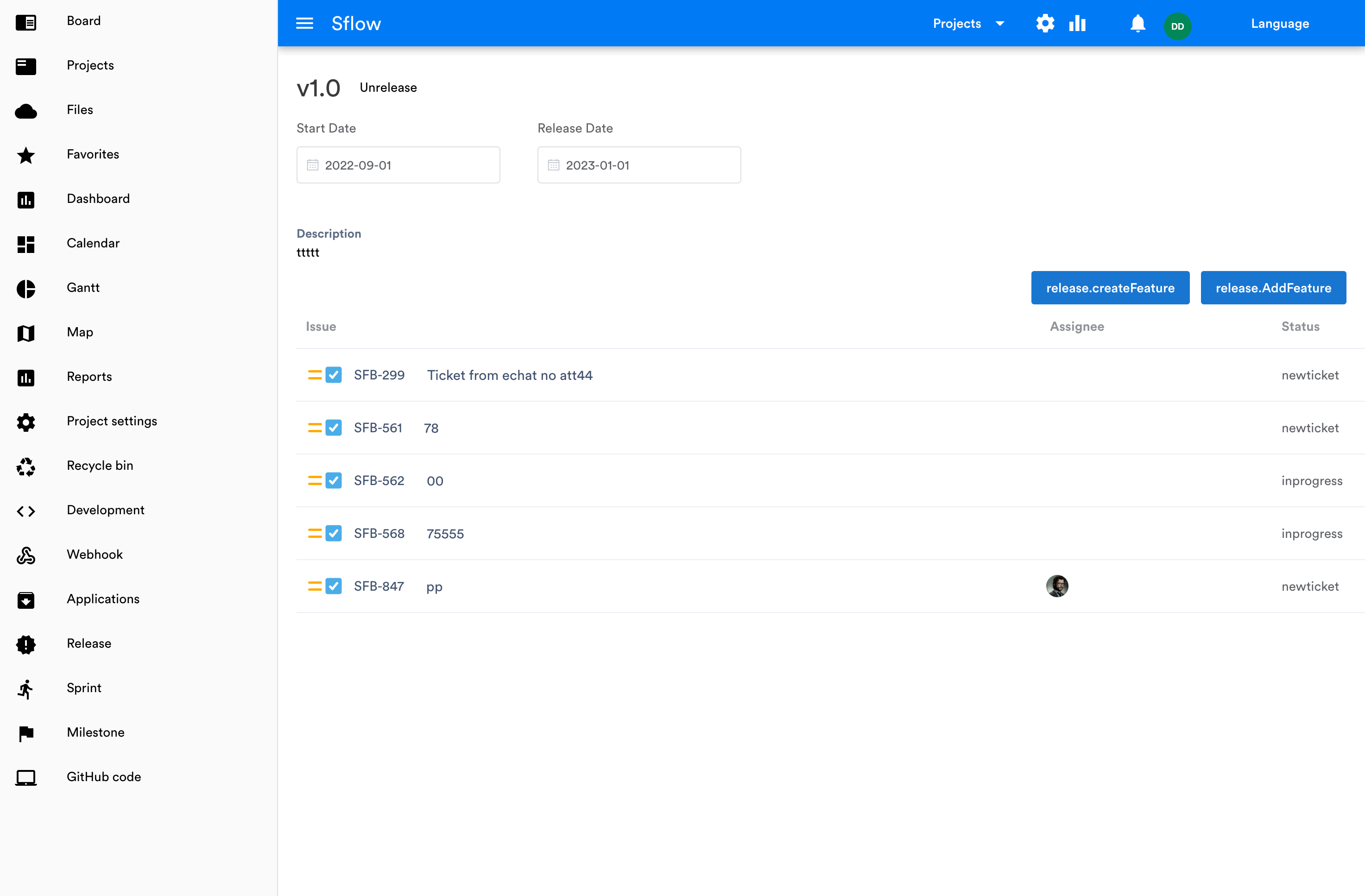
06. Release
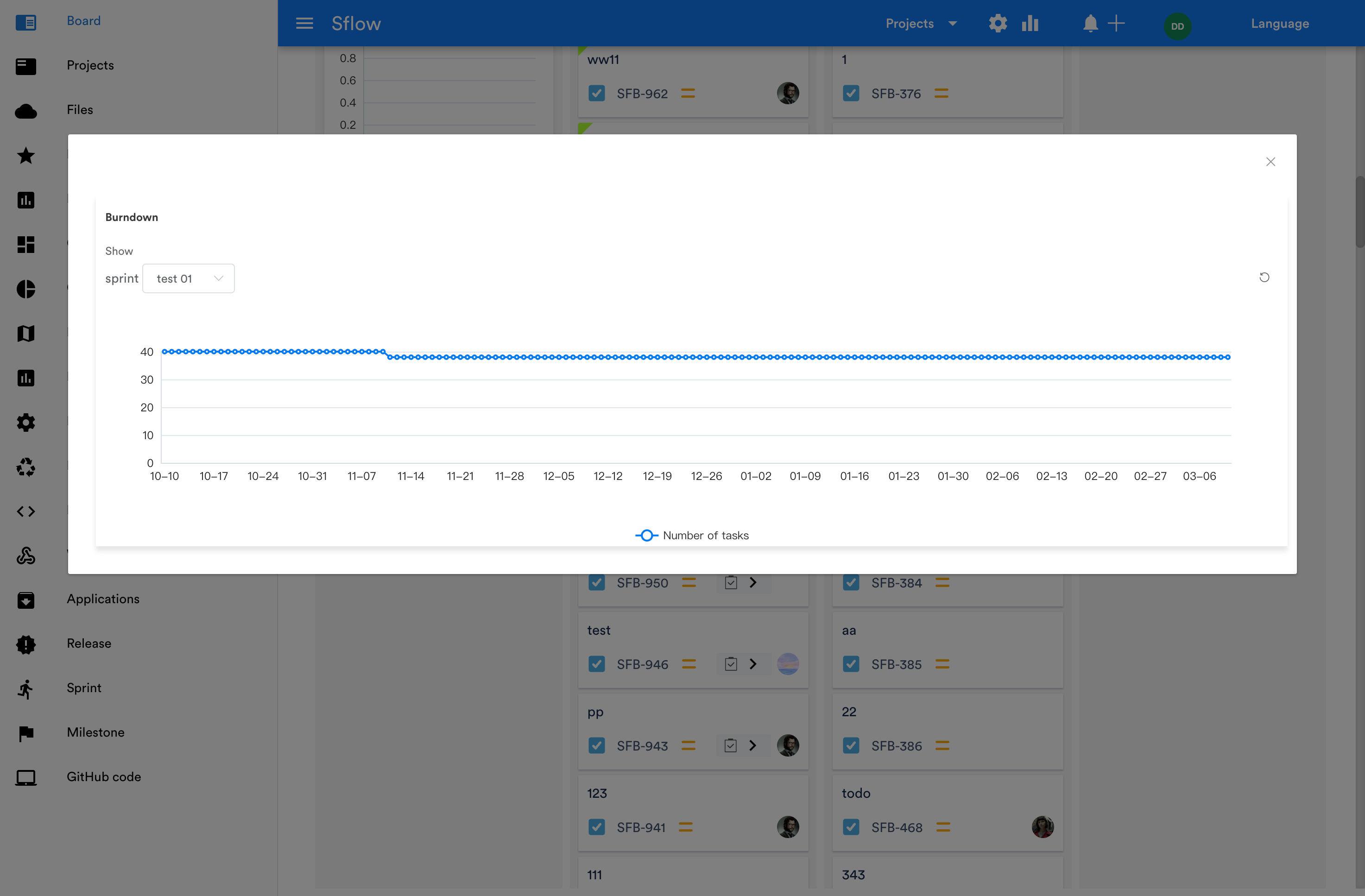
07. Burn down chart
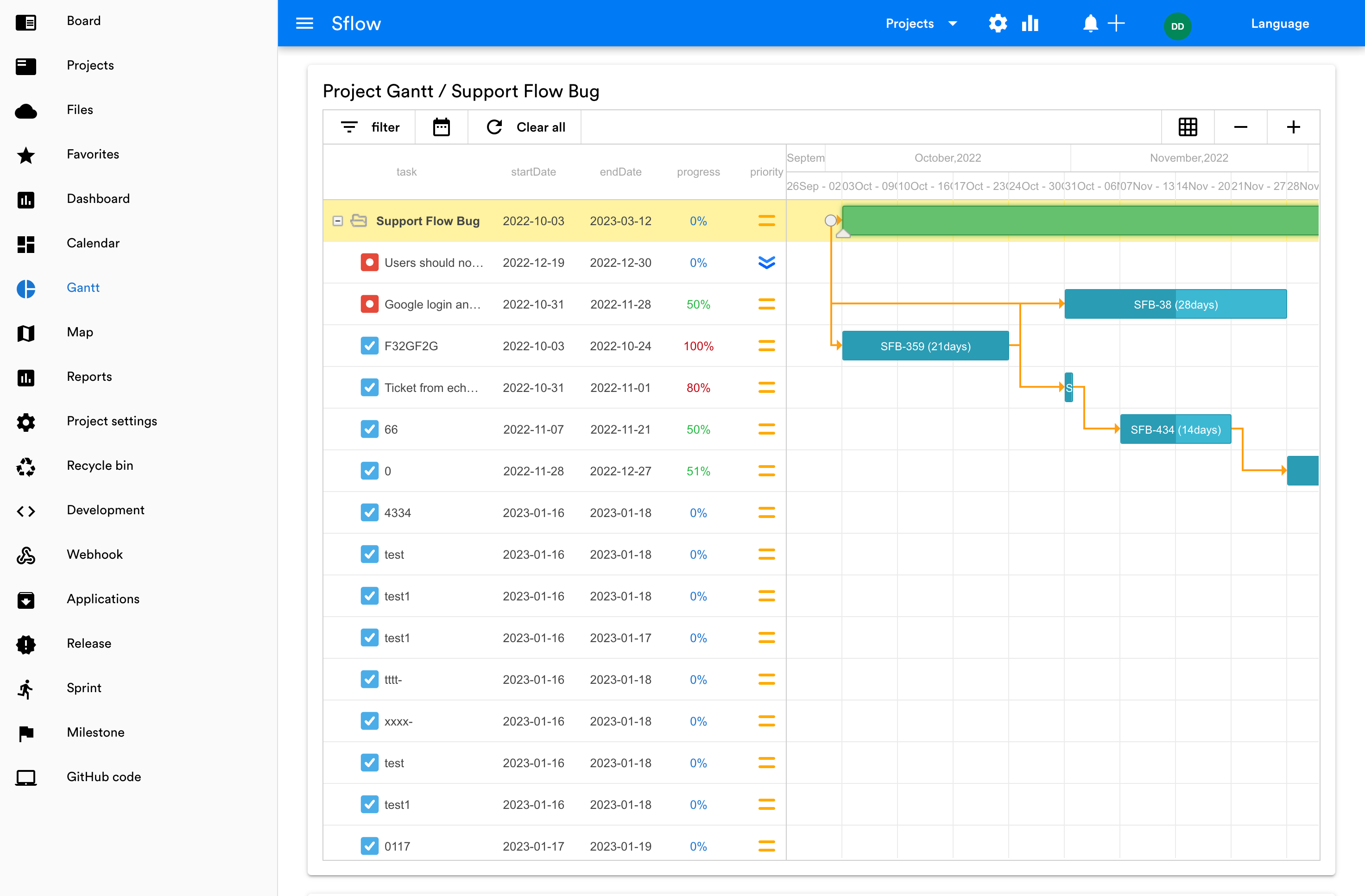
08. Gantt chart

Agile methodologies are widely used in software development for iterative progress and continuous improvement.

Agile project management helps in planning and executing marketing campaigns with flexibility and adaptability.

Agile facilitates rapid prototyping and iterative feedback in product development.

Agile methodologies ensure efficient and adaptable event planning and execution.Agile methodologies ensure efficient and adaptable event planning and execution.

Agile tools improve team communication and collaboration, leading to better project outcomes.

Agile methods allow for quick adjustments based on feedback and changing requirements.

Agile tools streamline workflows and reduce bottlenecks, enhancing overall team productivity.

Continuous testing and feedback in Agile ensure higher quality deliverables.

Agile reduces waste and focuses on delivering value, leading to cost savings.

Agile methodologies encourage regular project reviews and updates, increasing team transparency regarding project progress and goals.

InnovateTech Solutions Chief Product Officer

BrightWave MarketingCampaign Strategy Director

Precision Manufacturing Group Project Management Director
By using Your Website Name,
you agree to our Cookie Policy.